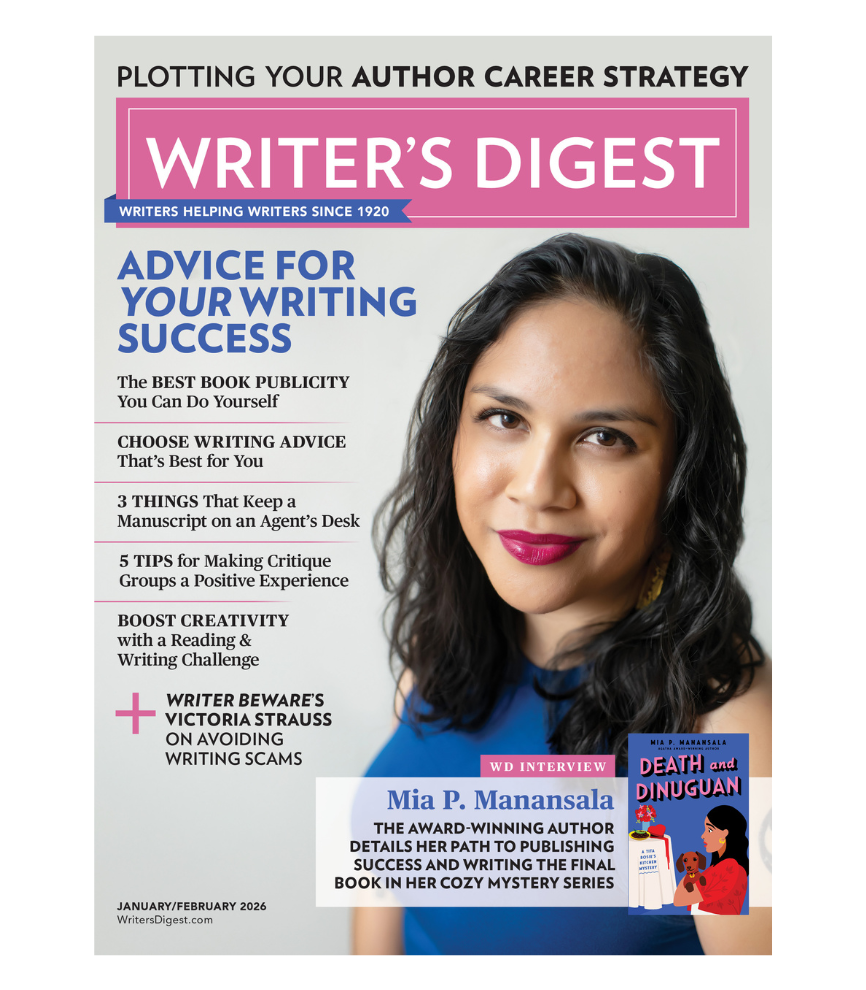Writing and Selling Your Mystery Novel Revised and Expanded: Worksheets
Thank you for purchasing Writing and Selling Your Mystery Novel Revised and Expanded by Hallie Ephron. Click on the links below to access printable versions of all worksheets found in…
Thank you for purchasing Writing and Selling Your Mystery Novel Revised and Expanded by Hallie Ephron. Click on the links below to access printable versions of all worksheets found in the book.
Rachel SchellerAuthor
Related Stories









